[caption id="attachment_1003722375" align="aligncenter" width="471"]
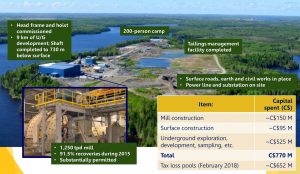 Rubicon has already spent $770 million exploring and developing the Phoenix gold project near Red Lake. (Image: Rubicon Minerals)
Rubicon has already spent $770 million exploring and developing the Phoenix gold project near Red Lake. (Image: Rubicon Minerals)[/caption]
ONTARIO – Toronto-based
Rubicon Minerals Corp. has updated its interpretation of the structural geology of the F2 deposit at its Phoenix gold project near Red Lake. The F2 deposit was mined for only a few months
in 2015, when it became apparent that the company had vastly overestimated the resources due to the complex geology.
With the help of
Golder Associates,
Terrane Geoscience and
T. Maunula and Associates, Phoenix has taken a closer look at the F2 geology. These are the key takeaways from the new interpretation:
- The primary structural controls on the mineralization at F2 are the well established dextral Riedel vein system of quartz-actinolite veins that occur within the HiTi basalt units (the main host rock) and the felsic intrusive units (to a lesser extent).
- Elevated gold grades appear to be spatially associated with the R' veins within the Riedel system and the multiple quartz breccia zones, which share the same geometry as the R' veins.
- The latest interpretation appears to show more continuity of gold mineralization within the HiTi basalt units compared to the 2016 structural interpretation, with the main difference being the identification of the Riedel vein system.
- In the 2016 structural interpretation, the discrete D2 east-west shear zones (previously termed "D2 structures") were interpreted as the main controls of high grade gold mineralization at the F2 deposit. However, now they appear to be localized, discontinuous, and not seen as having significant controls on the gold mineralization at the deposit.
- The preliminary structural interpretation has simplified and improved future modeling and allows for the evaluation of bulk mining methods.
Rubicon president and CEO George
Ogilvie is encouraged by this new understanding. He said, "We are on track to commence the processing of mineralized material from the test stopes in mid-2018. We are currently blasting the No.977 test stope, production drilling the No.015 test stope, and developing the No.161 test stope. We remain on schedule to provide an updated geological model and mineral resource estimate in the second half of 2018."
Additional details about the F2 deposit geology as it is currently understood is available at
www.RubiconMinerals.com.

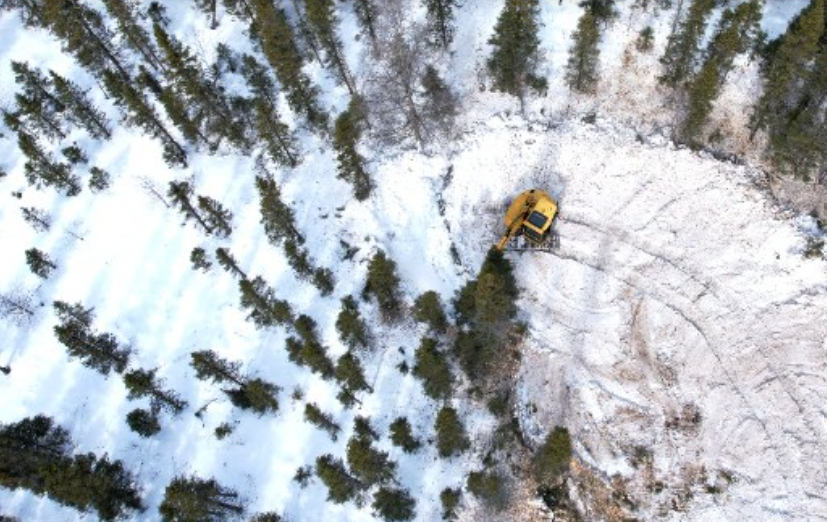
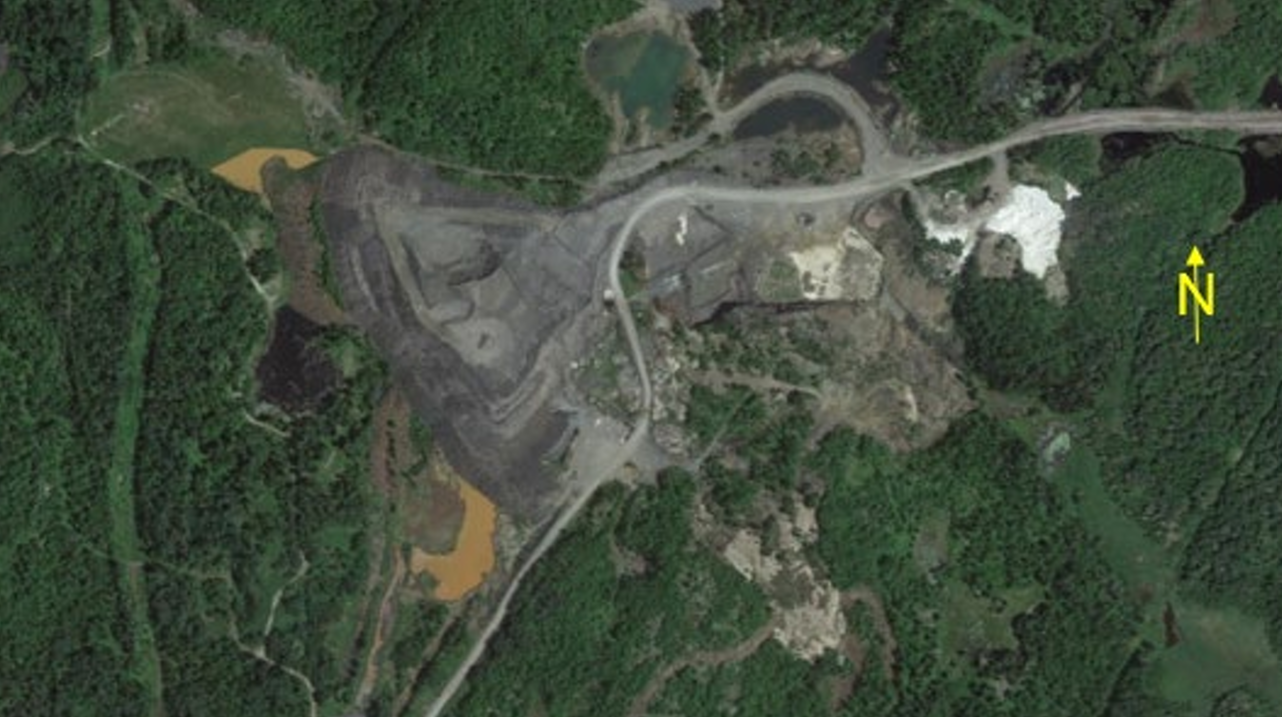
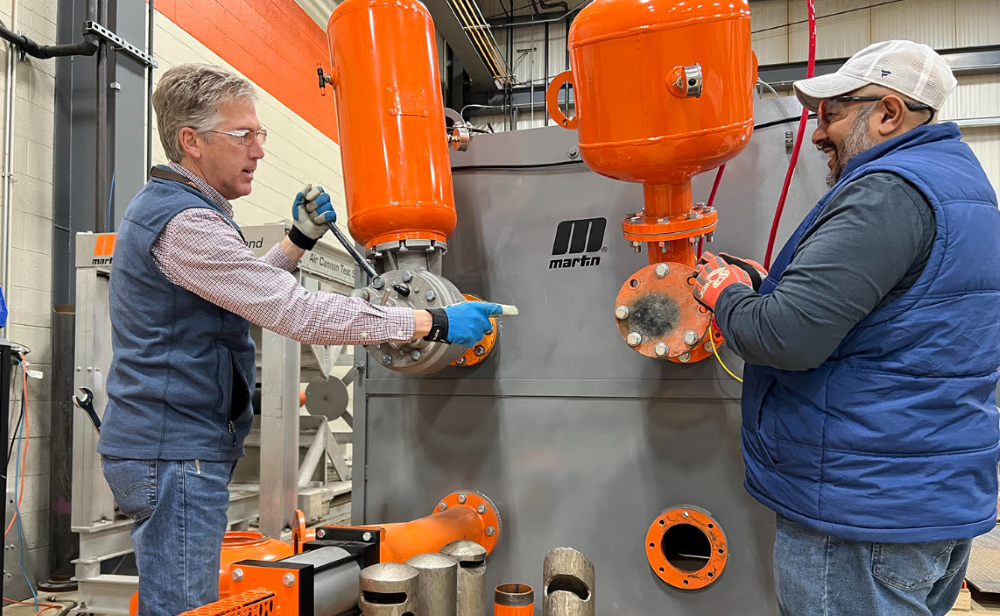
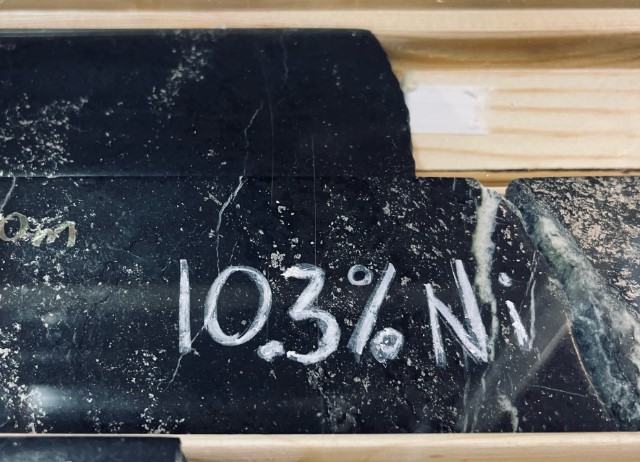
Comments